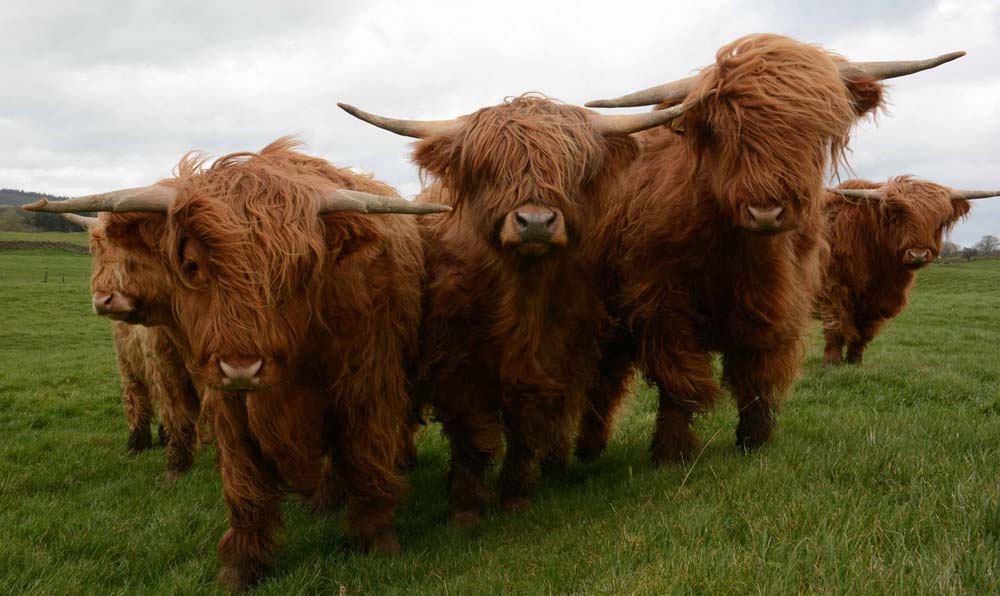A ‘virtual fence’ GPS collar used on cattle, is being singled out as an exemplar of how rural industries can benefit by embracing digital technologies in Scotland.
The collars, first used in 2022 by Forestry and Land Scotland (FLS) on cattle grazing a trial site in Dumfries & Galloway, has been so successful that FLS are using the collars for a second season this spring.
The forestry body is also planning to expand their use to other areas where conservation grazing can help promote habitat recovery and restoration.
The virtual fence project was identified as an example of good practice by Skills Development Scotland (SDS) and has been included in its Digital Economy Skills Action Plan (DESAP). This articulates how business and industry can address digital economy skills gaps.
Claire Gillespie, SDS Digital Technology Sector Manager, said:
“We highlighted the virtual fence project in DESAP, because it is a great example of how digital technologies are working their way into a wide variety of industries. There is more demand for digital skills than ever, and conservation projects like this one help to inspire more learners.”
Originally trialled at FLS Glentrool – an SSSI in Dumfries & Galloway – the technology is especially useful to promote conservation grazing as the cattle ‘poach’ the ground, breaking up the bracken rhizomes and cropping back the grass, allowing other seeds and plants to take root.
The hope is that this will, in time, promote self-seeded broadleaf regeneration from the nearby Glentrool Oakwoods (SSSI) which is home to special plants, birds and insects, some of which are rare.
The forestry body is also planning to expand their use to other areas where conservation grazing can help promote habitat recovery and restoration.
How it works
- ‘Virtual fences’ are created to control grazing areas via computers linked to satellites, so that cattle can safely wander – potentially across very large areas of many hundreds of hectares – without the need for fences or barbed wire.
- The cows wear GPS trackers that look like cowbells but emit an audible warning when they approach the ‘virtual fence’.
- The warning gradually increases in pitch, and if the cow does not turn around, ultimately gives the animal a mild electric pulse equal to that from a standard electric fence.
- QR codes linked to the virtual fencing show the pasture boundary as well the animals’ location, so walkers can check before they go in to an area, to see where the cattle are.
Speaking about the project, Kim Kirkbride, Environment Forester said how pleased FLS are that the project has been singled out as an exemplar of digital technology in land management. She said:
“The proven success of this technology means we can consider using it to promote conservation grazing across our landholdings, including over large areas of open hillside where we could not possibly build and maintain physical fencing.
“This technology also has additional benefits for graziers we work with, in improving livestock care and helping them to manage their operations more efficiently.
“We would certainly encourage others to explore the potential benefits of the technology, based on our positive experience.”






